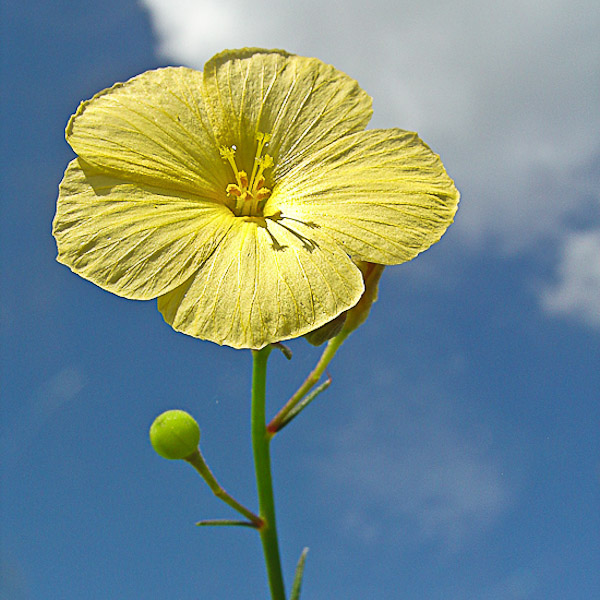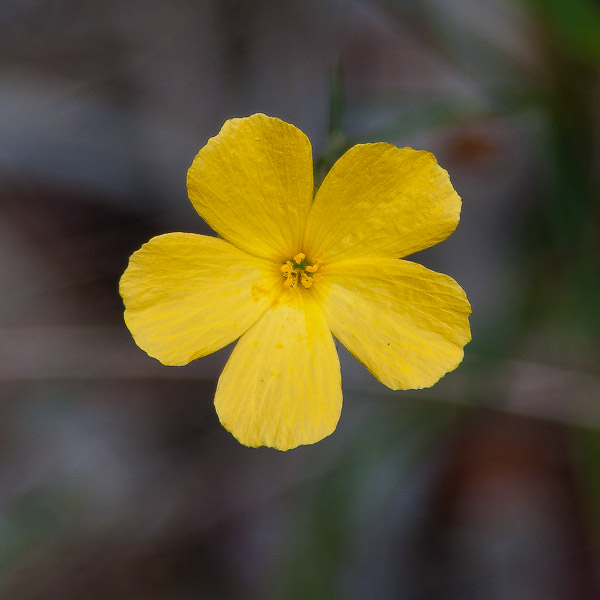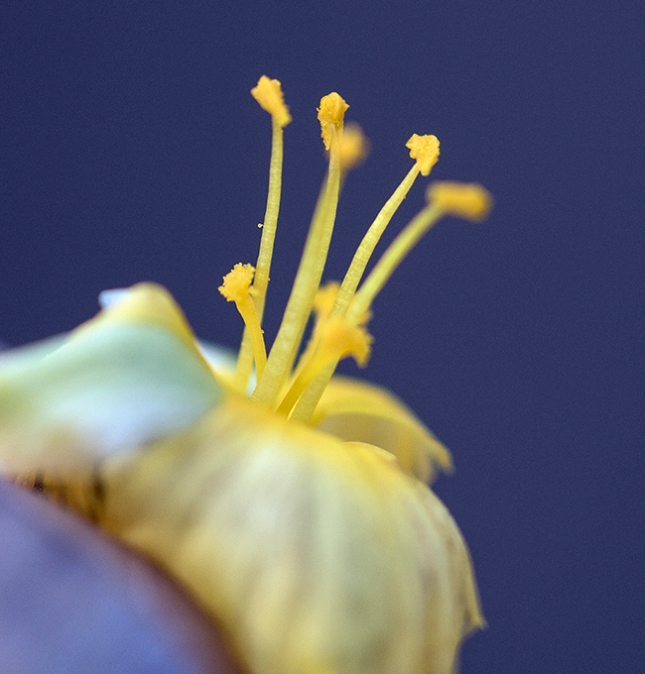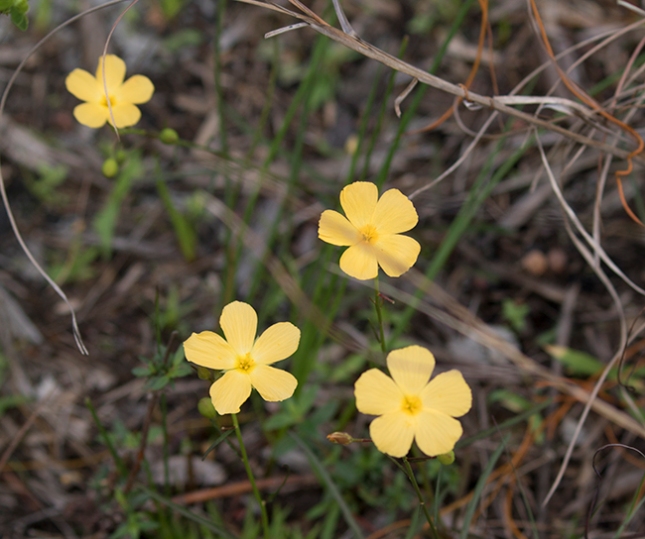Piriqueta cistoides subsp. caroliniana
(Piriqueta is a Guyanese common name for this species or close relatives. Cistoides comes from an ancient plant name.)
Turneraceae
Today was the reason snowbirds flock to Florida…perfect. So John and I chased biodiversity in the Juno Dunes Natural Area in Juno Beach, Florida. Hiking from habitat to habitat, one of the sights and sites to behold was a wet meadow dominated by butter-cuppy yellow Pitted Stripeseeds, showy wildflowers always a joy to encounter, especially as a single-species flower garden.

Piriqueta by John Bradford.
Single species? Back in the 30s iconic Florida botanist John Kunkel Small perceived four Piriqueta species to grace our state. My, how things change, with contemporary botanists smooshing all that variation into a single subspecies.

By JB
Such aggressive lumping begs the question of, “how did all that variation happen within a species?” We’re not the first to wonder. Several botanists spanning decades, prominently S. D. Maskas, M. B. Cruzen, and DNA have explained the Piriqueta history in peninsular Florida, so much more interesting than merely gerrymandering variation into classification categories. Here’s a thumbnail version of complexity:
Apparently on three separate occasions separated by vast spans of prehistoric time different representatives of our subspecies immigrated from the Bahamas. One arrival wound up in southern Florida near us (call it T). Another wound up in northern Florida and beyond (call it C). And the third arrival spread across southern Florida mostly south of Lake Okeechobee (call it V).

JB
Variant V migrated northward invading C, with the two hybridizing willy nilly across most of central Florida creating a complex and widespread web of variation, complicated further by changing habitats and by human activities.
Oh, isn’t that just weird. That comment about vast spans of time matters. This is a case where one species re-encounters itself at different points in its evolutionary history. You could make up a sci-fi movie about that and humans…maybe some isolated peninsula where long- long- long-separated human lineages come together…….
Oh yea, it happened, right here in Florida didn’t it. First came Native Americans via the Bering Strait, then they met up with Ponce De Leon. We are human Piriquetas.
To turn now to a different angle…
The Florida Piriquetas, unlike those in other regions, have an odd adaption to promote cross-pollination. Called heterostyly (het-err-oh-STYLE-ee), the condition divides the species into two different mating strains. The flowers of one strain have a short style (where pollen is received) deep in the flower and long stamens (where pollen is made) toward the floral entrance. The other strain is the reverse, with long styles protruding and short stamens deep in the flower.
Let’s say that a visiting bee pushing headfirst deep into the flower picks up pollen on its nose from the short stamens. When later it visits a flower from the opposite strain the pollen on the bee’s nose is at the correct height to brush off on the short style. While there the bee picks up pollen on its protruding rump from the likewise protruding long stamens. That rump-borne pollen is positioned to drop off on a long () style. So then, cross-pollination ensues.

Petals removed. Short stamens, long styles.

The opposite—long stamens, short styles
